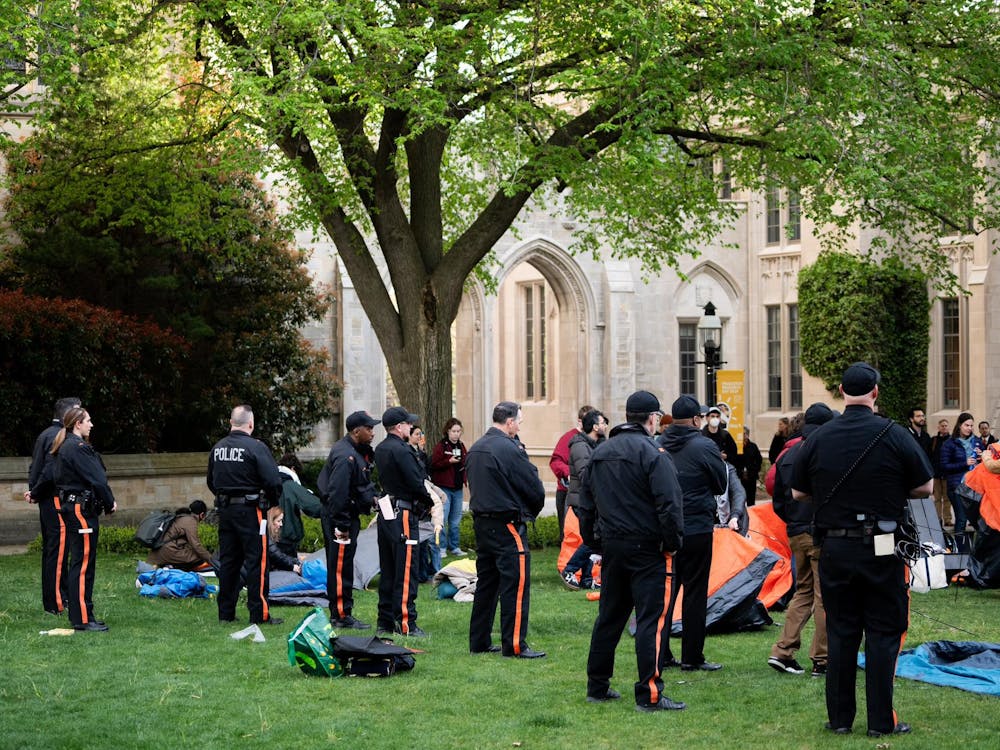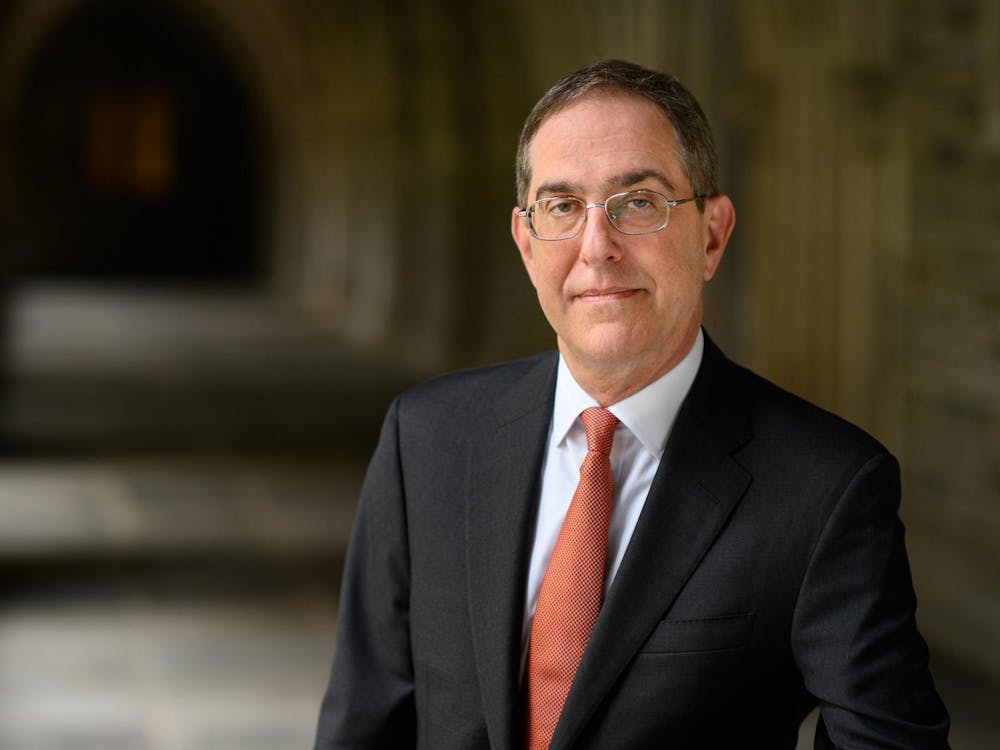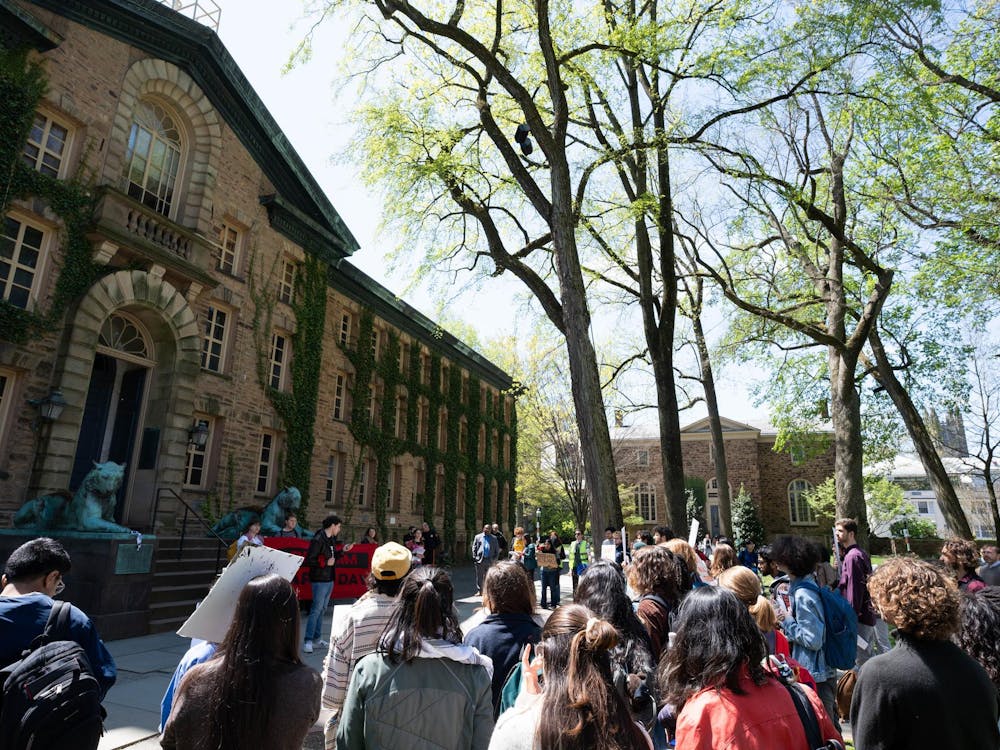On Fridayafternoon, an Alumni-Faculty Forum titled “Science Under Attack!” convened with a panel of five graduates to discuss the national mood regarding science and science literacy in the country today.
Seth Shostak ’65, senior astronomer and director of the Center for Search for Extraterrestrial Intelligence Research, notes that there is a culture of deprioritizing science and scientists as important leaders. He described the current state of science not as “under attack,” but rather as “under siege.“ There isn’t as much an active debate against science as there is an inaccessibility to scientific literacy and education.
“Our heroes are not intellectuals,” Shostak said of the American prioritization of explorers and politicians. “Our heroes fought bears and were able to survive, but they were not intellectuals.” This is, according to Shostak, compounded by the fact that teachers and educators are not valued as highly in the United States as they are in other parts of the world, and the fact that there is a poor understanding of science in politics. “How many scientists are even left in Congress?” he asked. (The answer, by the way, is two. Out of 535 senators and representatives, just two are scientists.)
Zackory Burns ’10, a Hellman Fellow in Science and Technology Policy at the American Academy of Arts and Sciences, added that words matter, especially when we live in a time and place where an understanding of science is linked so closely with policy-making decisions. “No one should ask whether one ‘believes’ in climate change,” said Burns. “The question should be: What is the Republicansolutionto climate change?” Burns noted that he spoke on behalf of himself, and not on behalf of the American Academy of Arts and Sciences.
This offering up of untrained opinions isthe core problem that comes with having only two scientists in Congress. The others aren’t qualified in any way to discuss the science of things like climate change, but they try anyway. It shouldn’t be relevant whether or not congressmen personally “believe” in it; it only matters what they will actively do to halt the effects it has had on the planet already.
Debra Meloy Elmegreen ’75, professor of astronomy at Vassar College, and Peter Brown ’70, former Editor-in-Chief ofThe SciencesandNatural Historymagazines, expressed sentiments about the poor state of science literacy in the country, particularly in children. Science, technology, engineering and education in schools has not caught up to STEM education in parts of Europe and Asia.
The larger goal with respect to this, however, shouldn’t be to teach members of society scientific facts, like the definition of the Higgs Boson or the practical function of a particle collider. It is more important and more useful to teach scientific thinking. It is more important to teach kids how to engage critically with information and data in order to draw conclusions organically, and to continuously analyze existing conclusions for veracity from an educated, rather than herd-mentality, standpoint.
Part of the necessity for this comes from a phenomenon described by Kaiser Fung ’95, former head of data for Vimeo and Sirius XM Radio. Fung speaks about the fact that there is so much data publicly available these days that it’s easy for anyone to look at raw numbers and draw their own conclusions. This, in itself is good, but it becomes a problem when we blindly accept others’ conclusions as fact just because they are steeped in science. Even when data is analyzed using correct statistical methodology, it is still not fact. Fung notedtylervigen.com, a website that uses correct statistical methodology to make spurious correlations: for example, there is acorrelation of 99.79percentbetween U.S. spending on science, space and technology, and suicides by hanging, strangulation and suffocation. Despite the statistics, it is highly unlikely that NASA is causing people to kill themselves.
Science is known for quantitative data and hard facts, but it can still be engaged with. The numbers and data milled from experiments are unfaltering, just like the words in a novel. However, different people might draw different conclusions from the experimental data just as different people might find different meaning in the same book. On this front, it is important to teach young people how to critically think so as to not encourage blind acceptance of all things that claim to be science: this is how we stave of the pop health fads and pseudoscience-based cultural phenomena.
Another way to do this is to place a higher premium on popular science icons such as Neil deGrasse Tyson and Bill Nye. Science is often dense and unapproachable to the layperson, but Tyson and Nye have been featured pundits on news panels and talk shows to the extent that they are household names. Nye is best known for his children’s television show that made science entertaining for young people. This is how we end the siege: scientists should engage more with society. More scientists as pundits on television. More scientists in Congress. More scientists everywhere, until the state of science in this country is one that involves educated and significant discourse from all members of society.
Shruthi Deivasigamani is a junior in the molecular biology department from Cresskill, NJ. She can be reached at shruthid@princeton.edu.
Editor's Note: This article has been updated to clarify thatZackory Burns ’10 was not speaking on behalf of the American Academy of Arts and Sciences at the panel on Friday.









